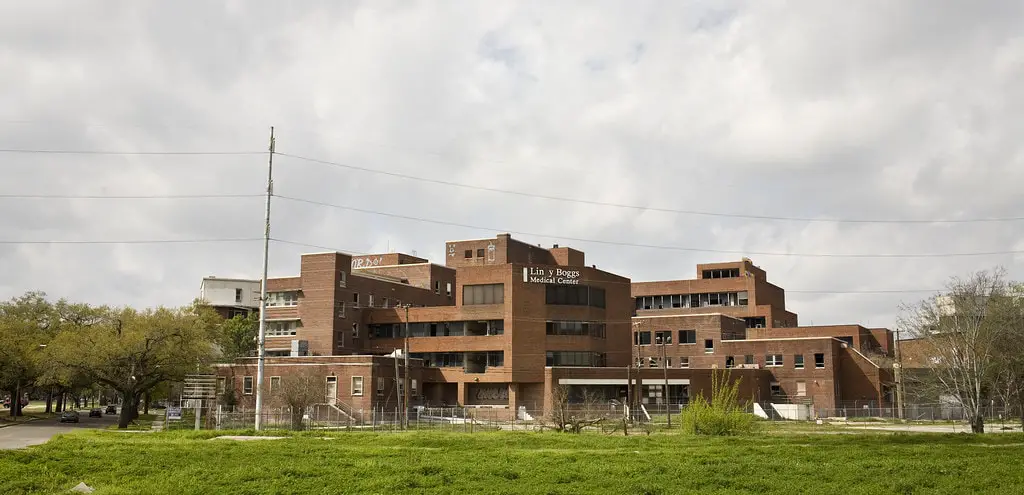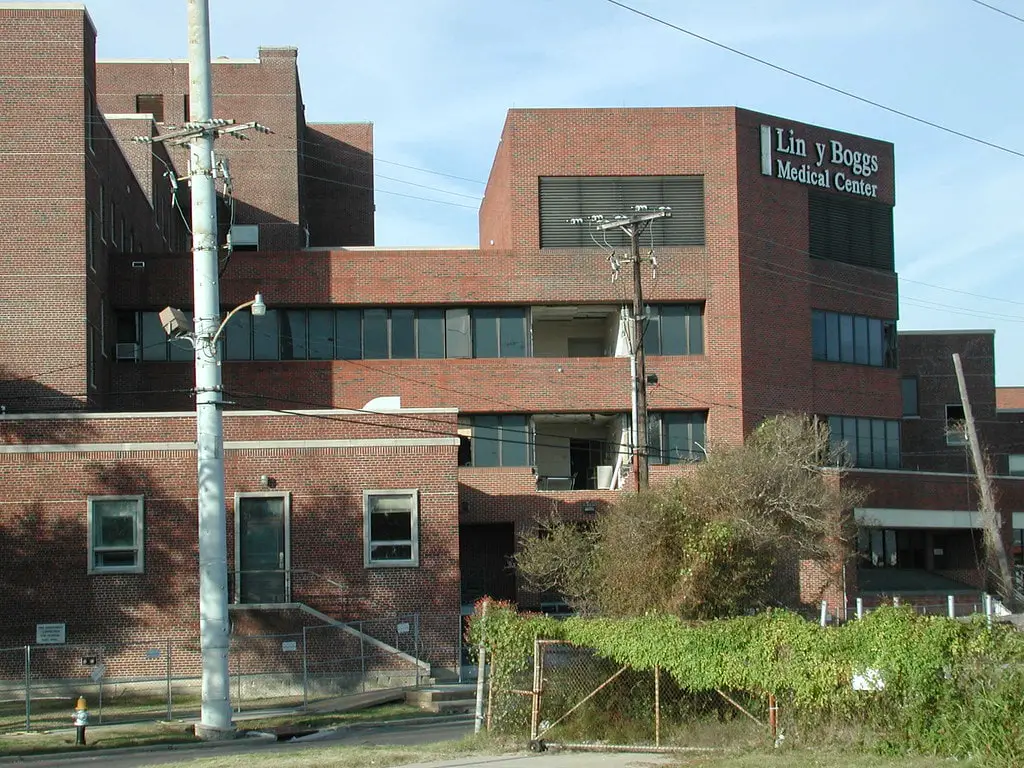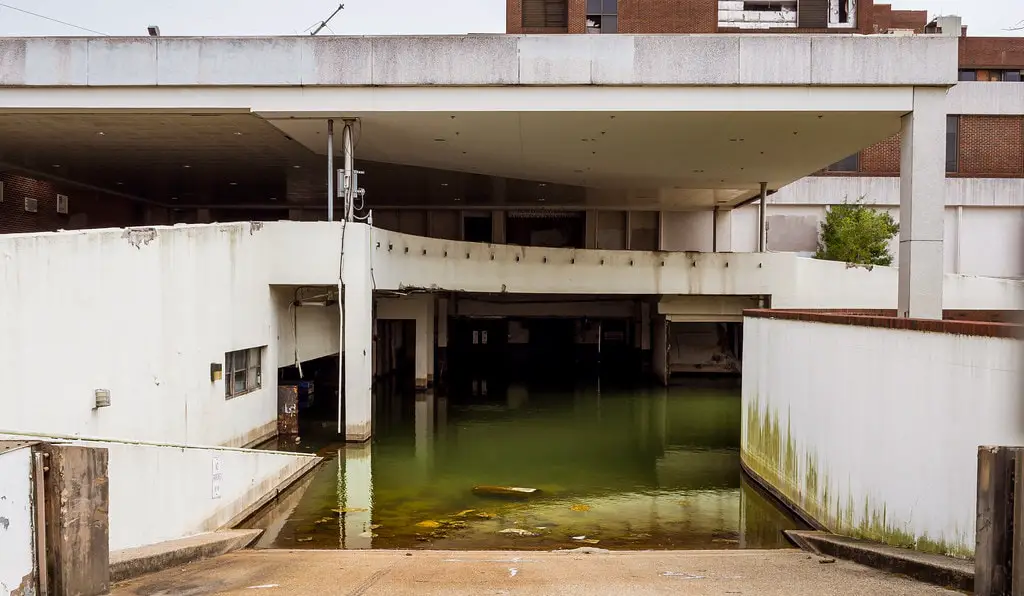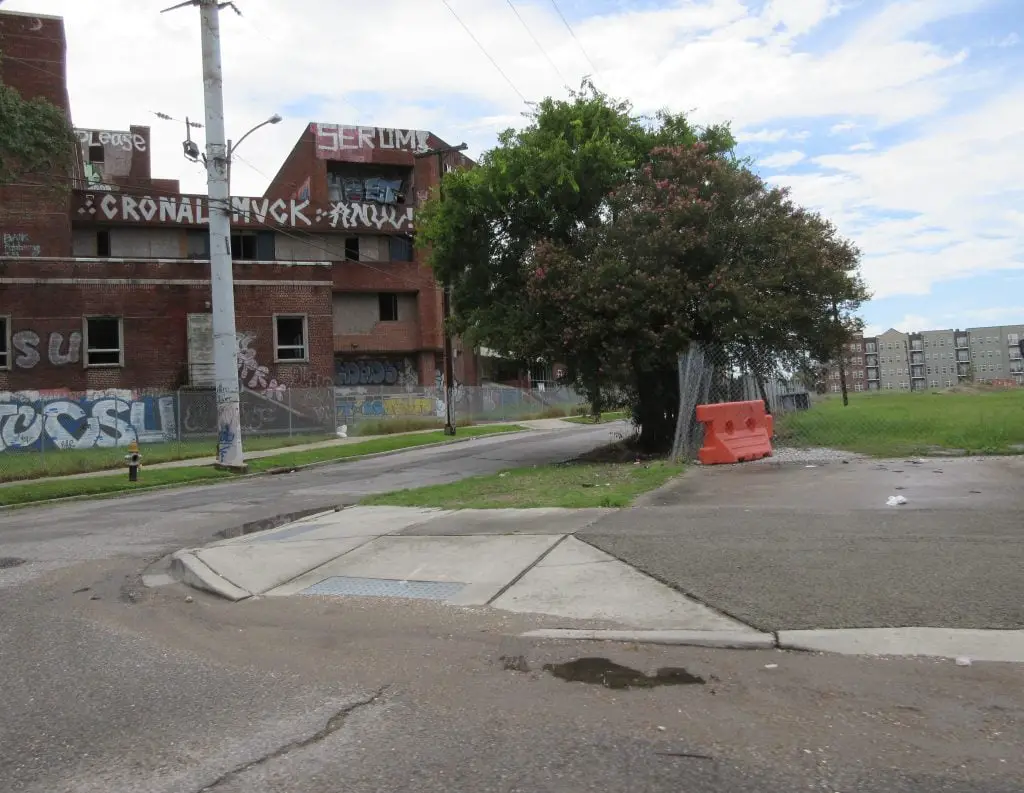Founding and Early Years
Nestled in the heart of Mid-City New Orleans, Louisiana, the Lindy Boggs Medical Center is a testament to the city's rich medical history. Established in the 1920s under the name Mercy Hospital, the facility quickly became a prominent source of healthcare for the residents of the local community. During its initial years, the hospital was characterized by expansion and creativity, strongly emphasizing delivering top-notch care to every patient.
In the 1990s, a significant merger with Southern Baptist Hospital led to the formation of Mercy-Baptist Medical Center. This union united two institutions with shared values and a commitment to excellence. The hospital continued to thrive, expanding its services and reaching new heights in patient care.
The acquisition by Tenet Healthcare marked a new era for the hospital, renamed Lindy Boggs Medical Center, in honor of Democratic Congresswoman Lindy Boggs. Her trailblazing career as the first woman in Louisiana to be elected to the House of Representatives resonated with the hospital's mission of service and empowerment.
Services and Contributions
Lindy Boggs Medical Center was more than just a hospital; it was a lifeline for many in New Orleans. With 187 beds and a wide array of services, including emergency care, critical care, and organ transplantation, it played a vital role in the city's healthcare landscape.
The hospital's contributions extended beyond its walls. It was where medical professionals were trained, groundbreaking procedures were performed, and lives were saved daily. The commitment to excellence was evident in every aspect of the hospital's operation, from the dedicated staff to the state-of-the-art facilities.
Hurricane Katrina and Its Aftermath
The dark clouds of Hurricane Katrina loomed large over New Orleans on August 29, 2005. As the storm raged, Lindy Boggs Medical Center became a refuge for many, with employees and patients' families seeking shelter within its walls. But the next day, the levee system's failure turned refuge into a nightmare.
Trapped in the facility with no way out, 19 people died that tragic day. The hospital faced unimaginable challenges, from no running water to a lack of vital medical supplies. The temperature soared to 105 degrees, increasing the death risk for patients, especially those in intensive care.

The evacuation that followed was fraught with difficulty and controversy. The method of dividing people into groups based on their condition drew criticism, and the total death toll reached 45. Yet, amidst the chaos, the resilience and dedication of the hospital staff and rescue workers shone through, a glimmer of hope in a time of despair.
Lindy Boggs Medical Center: Post-Katrina Developments
After the storm, the hospital's doors closed, but its story continued. Sold to Georgia-based Victory Real Estate Investments, plans for retail development along Bienville Street were conceived but never realized. The property changed hands again, purchased by St. Margaret's Daughters for $4.2 million.
The transformation of a portion of the complex into a 112-bed nursing facility named "St. Margaret's at Mercy" in 2013 marked a new beginning. Yet, other plans, such as a cardiovascular hospital, fell through, leaving questions about the remaining portion of the medical center.

Recent developments have reignited hope for the property. It was sold to Woodward Design+Build in June 2021, and immediate improvements were planned. The idea of an assisted living facility for patients with memory care needs has been discussed, a fitting tribute to a place that has meant so much to many.
However, the property's current state has led to concerns among New Orleans residents, particularly regarding safety. In a meeting held by the Mid-City Neighborhood Organization in June 2023, residents voiced their frustrations and fears, primarily related to illegal activities near the site.
In July 2023, the New Orleans Police Department swept the abandoned facility to crack down on crime, drug use, and blight. Contractors began installing steel windows to prevent entry or exit, a measure that the Mid City Neighborhood Association had been requesting.

The property has been a nuisance since its abandonment after Hurricane Katrina, and the community is eager to see new life brought to the area. City leaders have even mentioned that demolishing the facility may be an option if work cannot be done.
Legacy and Impact on the Community
Lindy Boggs Medical Center's legacy is woven into the fabric of New Orleans. Its history is a tapestry of triumph and tragedy, innovation and resilience. The hospital's closure left a void in Mid-City New Orleans, but its impact continues to be felt.
The lessons learned from the hospital's history have shaped healthcare policies and emergency preparedness. The memories of those who worked, healed, and found solace within its walls continue to inspire.

The hospital's story is not just a tale of a building; it reflects a community. It's a story of hope, compassion, and the unbreakable human spirit. As plans for the property's future unfold, the legacy of Lindy Boggs Medical Center lives on, a symbol of New Orleans' enduring strength and vitality.
The story of Lindy Boggs Medical Center is a story of New Orleans itself. It's a story of growth and change, challenges met and overcome, and a community coming together in times of need.
